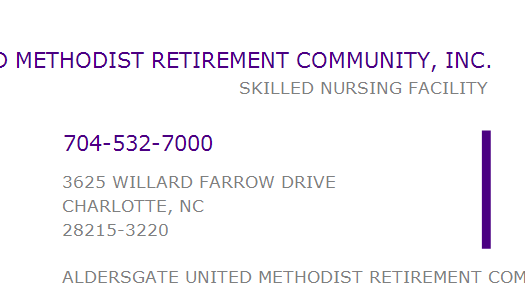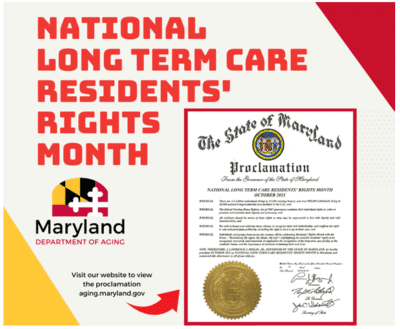
There will be significant differences in the cost of a senior care home in Quebec and Ontario. This is because they are different in many ways. The following information will provide an overview of the systems in each province and the costs associated with each. These details will allow you to make an informed decision regarding whether or not to place an older relative in a nursing facility. But what is the average cost of a nursing home in Quebec? What are some characteristics of a high-quality nursing home, and how can they be improved?
Canada's long term care system
Canada's long-term care system has been under scrutiny since the COVID-19 pandemic hit the country last year. Although many critics place blame on the system for the epidemic, the government is also responsible. Long-term care is difficult because of ineffective staffing, poor regulations and inefficient regulations. It doesn't have it to be like this. In fact, there are many alternatives to the government-mandated system.

Costs of nursing homes in Quebec
The cost of elderly care in Quebec is lower than in most other provinces, with the average resident paying $237 a year. This amount isn't cheap, but it is much lower than other Canadian provinces. Quebec will spend $17 million more on home care in 2020 and beyond. These cost increases will continue unless Quebec makes drastic cuts to the number nursing home beds.
Ontario's system
As the population ages, it is important for people to have access to quality long-term care at affordable costs. Unfortunately, many seniors find that the costs of long-term care are prohibitive. Since the 1950s when Ontario first adopted the long-term health care plan, Ontario has made many policy changes. The Aging at home strategy was the first to make changes. It aimed to improve seniors' health and wellbeing by increasing funding and community-based services. The second change was to restructure Long Term Care System. The Ministry of Health and Social Services assumed long-term care responsibilities in 2009 and merged the Ministry of Community and Social Services. In addition, the government reallocated the responsibility of long-term care from municipalities to the province.
Quebec's system
Quebec has had to face a growing problem over recent years. It is now facing an aging population. Quebec's elderly population will reach one million by 2030, which is estimated to cost the province $2 billion. This problem is not unique, but it is a major challenge for Quebec. Its population is getting older, and while health spending has been stagnant, long-term care costs have increased.
Australia's system
Many Australians have no idea how much it will cost to place their loved one in an aged care facility. This is because costs will vary depending on what you need and your circumstances. One example is that you might only need daily assistance. Another could be that you require full-time live in care. Whatever your case may be, the following prices will serve as a starting point. Here are some of these costs that can be expected when you live in an aged care facility.

Canada's system
Canada's elderly care costs can be shocking. The government pays 70% of all healthcare. Seniors and their families are responsible for the remaining 30%. This is just one factor to be aware of. Seniors may not be aware of all the costs involved in their care until regular bills are issued. Canada's longterm support programs for seniors vary widely in terms government funding and cost. The majority of seniors are able to remain at home and receive in-home help as needed.